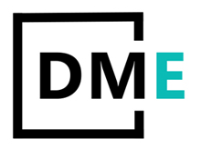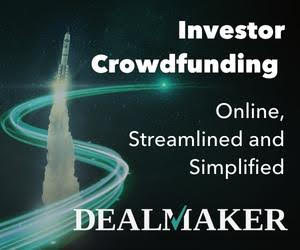Here are seven charts that sum up key findings:
Pitchbook Angel/Seed Deals are Trending Down. Investment Crowdfunding Deals are Trending Up and Hit Record Highs
Pitchbook released the “Q4 Venture Monitor First Look” that breaks down its data. While they show Angel and Seed deals declining in 2022, Investment Crowdfunding saw the most deals funded in history. Also, this trendline continues to show an increase in funded deals. As more issuers find it challenging to access capital in 2023, we expect to see them turn online for capital.


 Digital Marketing Experts
Digital Marketing Experts







